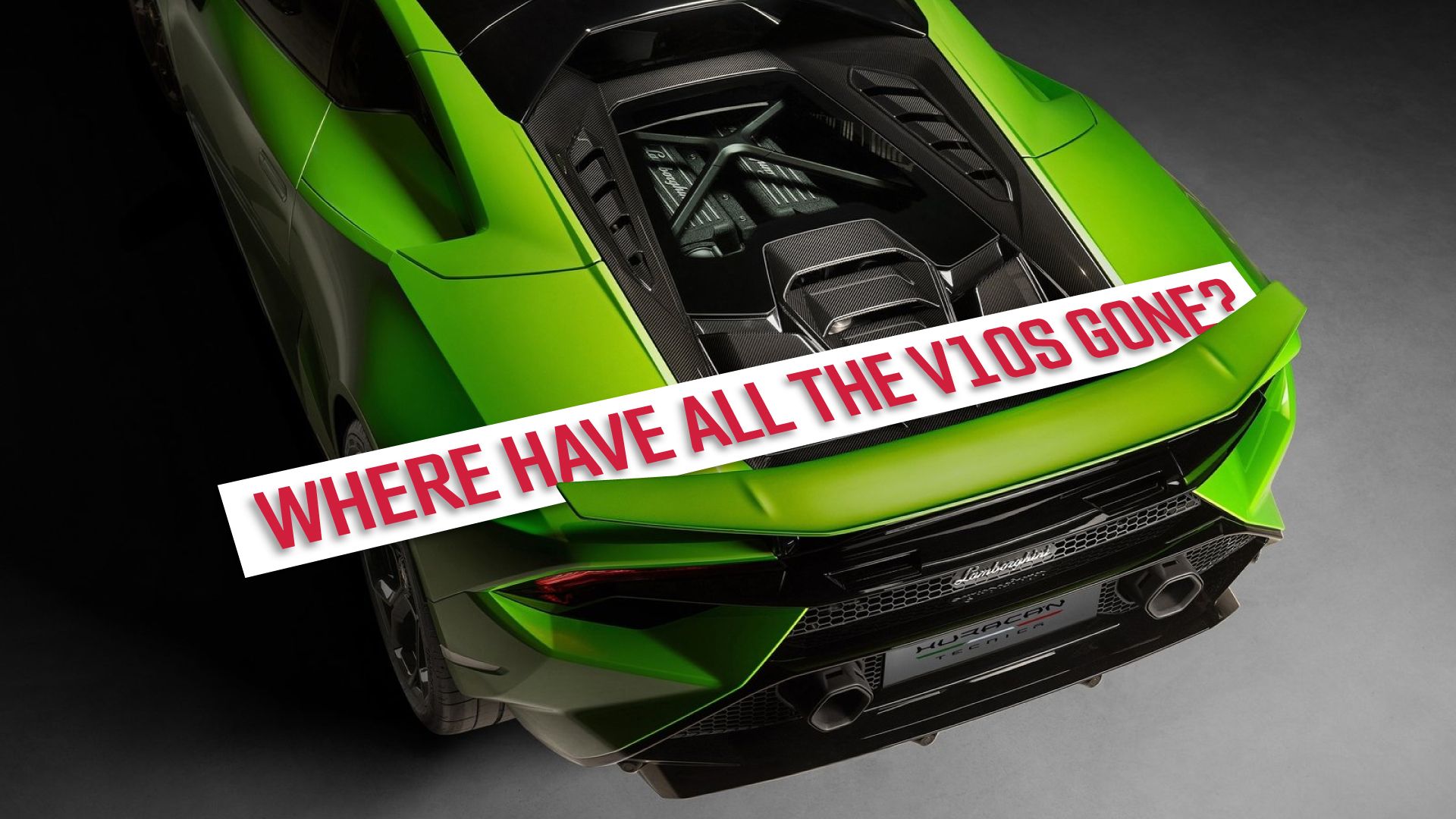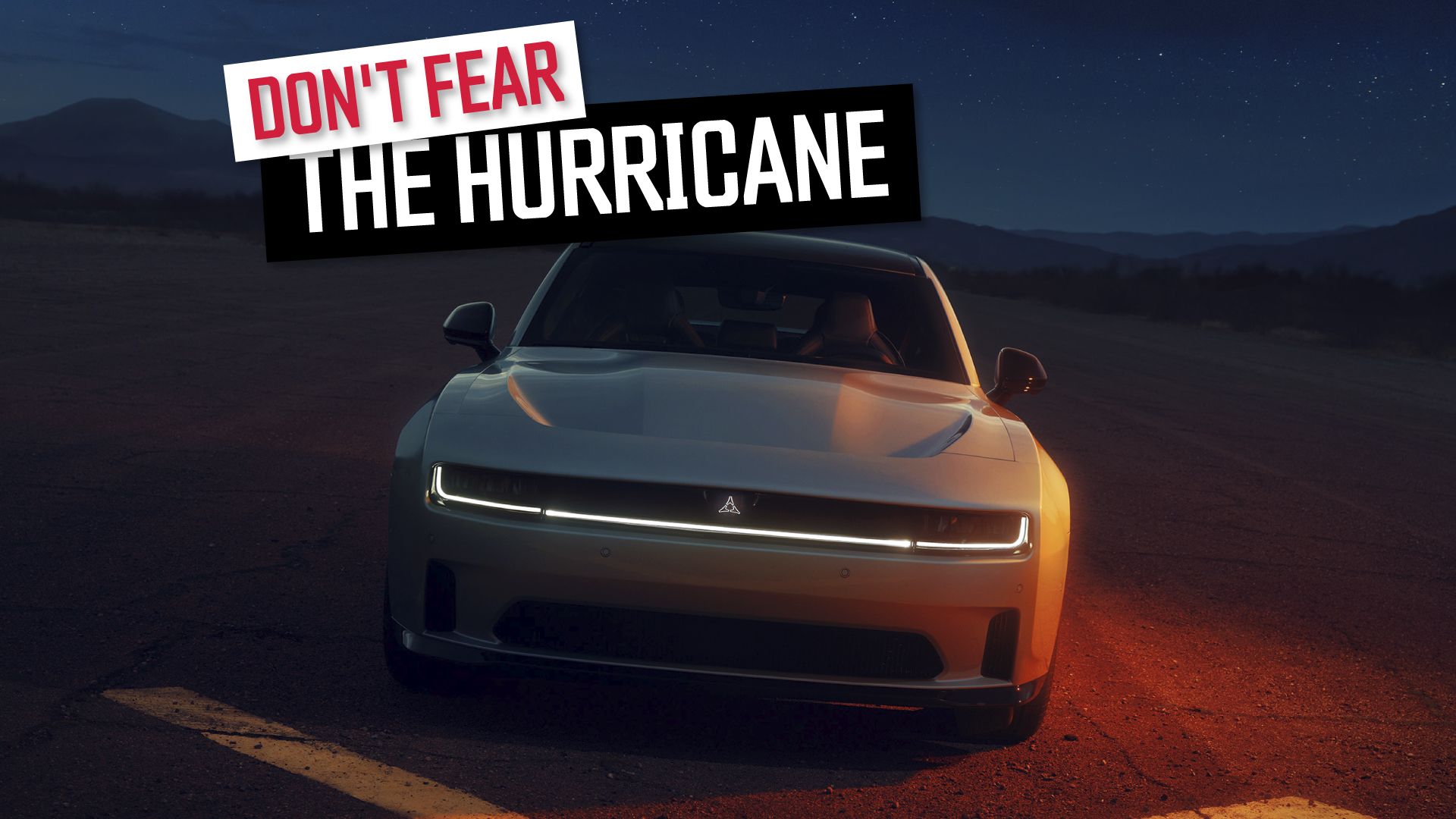Much like CD players and manual transmissions, the V10 engine is an endangered species in today’s world, with no mainstream production cars left sporting one, and less than a handful of billionaire-worthy, limited-production cars still out there. Never quite breaking into the mainstream, being usually confined to the world of motorsport or a limited number of production cars, the V10 is now losing the small place in the market it had carved itself around the new millennium.
The last strongholds of the V10 in the American automotive landscape, the Lamborghini Huracán and the Audi R8, have now both disappeared, with Lamborghini moving away from its V10 heritage and shifting its focus towards the hybrid V8 powertrain in the new Temerario. Let’s explore the history of this unusual engine, the few cars that still offer one, and the reasons why it’s being phased out.
This article explores the V10 engine’s history, present and future, with a focus on the three V10-powered cars currently (or soon to be) on sale in the US.
A Brief History Of The V10
The V10 engine has never been a very popular choice when it comes to production cars. Despite not being quite as niche as other layouts, such as V4s or two-cylinder engines, the V10 is still far from a common sight on American roads. The earliest vehicles to be powered by this type of engine were not cars, but trucks, military and commercial vehicles, and even diesel locomotives. The Lamborghini P140, a prototype series that never made it to the production stage, was powered by a V10 petrol engine, unusual for the time.
In 1991, things changed thanks to the arrival of the Dodge Viper, the most iconic American car to be powered by a V10. Its base engine option was an 8.0-liter unit, which produced 400 hp. The Viper ushered in a mini-golden age of the V10, which lasted about two decades, from the mid-90s to the mid-2010s. During this period, several automakers, such as Volkswagen with the V10 Touareg, produced V10-powered models, making this layout a slightly more mainstream (albeit still rare) choice. Volkswagen even experimented with a W10 engine, bolted underneath the hood of an E39 M5.
The Huracan and the R8, which share an engine, were the last two supercars powered by a V10 to go into large-scale production in the US. McLaren built the track-only Solus GT, but when we spoke to the folks looking after Mika Häkkinen’s car at the Goodwood Festival of Speed, we were told that all 25 were spoken for. All these models are done, leaving us with three highly exclusive (and eye-wateringly expensive) V10-powered cars to look forward to: the Rodin FZERO, the Red Bull RB17, and the De Tomaso P900.
2:52

Every Manufacturer Still Building A V10 In 2024
Here’s everything you need to know about the rise and fall of the V10 engine and where to look if you want to drive one in 2024.
A Real-Life Batmobile: The Rodin FZERO
|
Engine |
4.0-liter twin-turbo V10 + hybrid system |
|
Horsepower |
1,159 hp |
|
Torque |
671 lb-ft |
Rodin Cars may not have made it into Formula One (at least, not yet), but it is certainly striving to make an impression on the automotive world. The New Zealand-based boutique automaker took a shot at launching its own F1 team in 2023, but failed to secure a place. Its efforts in the production car department, on the other hand, have resulted in a striking, limited-run track-only beast called the FZERO. Only 27 units are due to be built, with each car being customized according to the buyer’s wishes.
The FZERO is anything but subtle when it comes to looks, taking inspiration from the Batmobile with its exaggerated curves and black-and-gold color scheme. The world of motorsport is also a rich source of inspiration for Rodin: the FZERO’s wheels are made of forged magnesium and wear Avon-developed full-slick racing tires. Its silhouette is designed for aerodynamics above looks, with Rodin claiming the car’s floor and wings can generate up to 8,818 pounds of downforce.
The V10 itself is aided by two turbochargers and a hybrid system to produce its sky-high power output; it is also capable of revving up to 10,000 rpm. A custom-built eight-speed transmission, which weighs only 146 lbs, completes the powertrain, sending all 1,159 horses to the rear wheels.

Add CarBuzz to your Google News feed.
Adrian Newey Unleashed: The Red Bull RB17
|
Engine |
4.5-liter V8 + one electric motor |
|
Horsepower |
1,200 hp |
|
Torque |
N/A |
Next up is the Red Bull RB17 hypercar, designed by a very well-known name in the automotive world: Formula One legend Adrian Newey, who has worked with several high-profile teams, including Red Bull Racing, Williams and McLaren over the course of his career. His next job is taking Aston Martin to F1 glory. The RB17 is track-only and will see a very limited production run, with only 50 units being built; it made its official debut in July this year, at the Goodwood Festival Of Speed.
The RB17 has a loud, dynamic design that instantly catches the eye, fitting for a hypercar: taking some styling cues from Newey’s previous brainchild, the Aston Martin Valkyrie, the RB17 is all about flowing yet aggressive lines. On the mechanical front, the RB17 makes the most of hybrid powertrain tech, producing an astonishing output of 1,200 hp. You can think of it as the Valkyrie 2.0.
Being the brainchild of an engineer who spent decades in the world of motorsport, the RB17 also takes heavy inspiration from Formula One. Several of its features were actually banned from the sport, including a double fan-blown full-length diffuser and flexible side skirts. In the words of Red Bull Racing CEO Christian Horner, the RB17 is “Adrian Newey unleashed.” It’s Newey operating outside the constraints of F1 regulations, and because of that, the RB17 is free to push the limits of automotive technology and engineering.
Despite being a track-only car, Lanzante is already working on a road-legal version.
A Placeholder For Impatient Customers: The De Tomaso P900 V10
|
Engine |
4.2-liter V10 |
|
Horsepower |
764 hp |
|
Torque |
431 lb-ft |
The last car on the list is the De Tomaso P900, which gets its name from its incredibly low dry weight of 900 kg (or around 1,984 pounds). The P900 is a track-only car that blends artistic design with state-of-the-art tech. 18 units are set to be produced, with an eye-watering price tag of $3 million. There is a catch, however. The P900 may be available with a V10 engine, but it’s only being used as a placeholder.
When De Tomaso unveiled the P900 in 2022, the company made it clear that its vision is for the car to be powered by a V12. However, the environmentally-friendly tech De Tomaso wants to produce (more specifically, a V12 powered by synthetic fuels) is highly complex. For this reason, the development phase of the V12 has been very long. A Judd V10 (loosely based on the one used in the 1997 Benetton B197 F1 car) has been offered as a placeholder for those customers who just can’t wait for the final version of the car to be released.
We expect the V10 is going to be phased out as development of the V12 kicks into gear and production moves into its next phase. So, if you have $3 million burning a hole in your pocket, and you want a V10-powered P900, you should move quickly to secure one.
Why Is The V10 Fading Away?
There are several reasons why the V10 is no longer a part of the automotive landscape, but ultimately it boils down to the same reason why other automotive designs or features have disappeared from the market: it no longer makes sense.
Of course, V10s have always had disadvantages. They were not as powerful as V12s or as practical as V8s, and they were too large and cumbersome to fit in many vehicles. These are all part of the reason why V10s were never that popular in the first place. However, when looking at why they have fizzled out so dramatically, the answer lies in technology and how we squeeze more power out of engines today.
The arrival of electrification and increasingly efficient turbocharging meant the addition of two extra cylinders was no longer the best way to get some additional power (like Dodge did with the Viper, producing one of the largest capacity engines ever made). Today, similar results can be accomplished by adding an electric motor (or two) or a turbocharger (or two). There is no market niche the V10 can occupy that isn’t already filled by other, more efficient types of engine. This is best illustrated by Stellantis’ new Hurricane twin-turbocharged inline-six. The HO motor produces 550 hp, which is seven more than the final version of the Lamborghini Gallardo.
It may be dead in the water in the mass market, but thankfully these three automakers remain committed to the cause.

Why Dodge’s Six-Cylinder Era Might Not Be a Bad Thing
It’s the end of the road for the HEMI, but will Dodge’s six-cylinder era be a bad thing?
Sources:
Rodin
, Red Bull, De Tomaso









